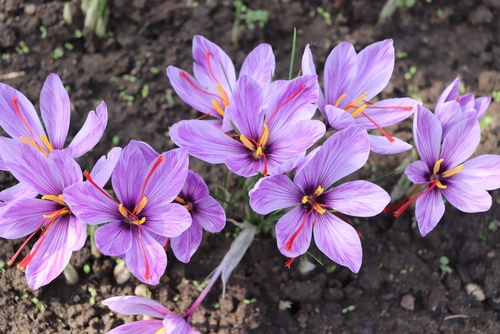A garden isn’t just for the eyes—it’s a full-body experience. And while colors draw you in, it’s scent that keeps you lingering. A well-placed fragrant plant can turn a simple walk through your yard into a moment of pure relaxation. Whether you like your garden to smell floral, herbal, or sweet like honey, these 20 pretty plants will deliver big-time aroma.
1. Lavender
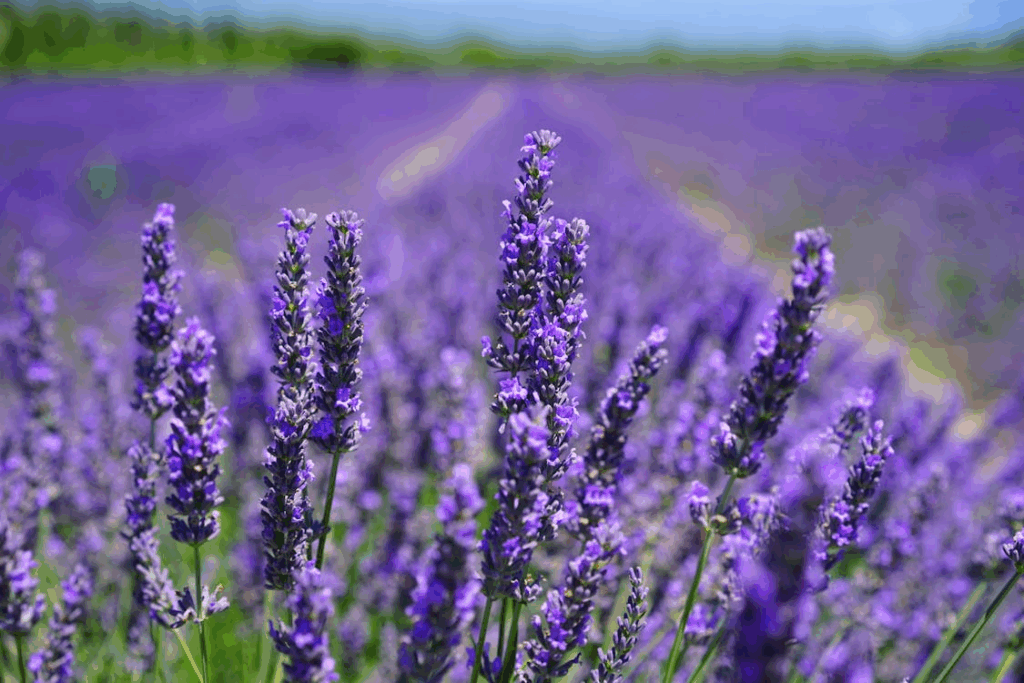
Lavender is one of the most iconic fragrant plants in the world—and for good reason. With soft purple spikes and silvery-green leaves, it not only adds visual charm but also floods your garden with its signature soothing scent. Native to the Mediterranean, lavender thrives in sunny spots with well-drained soil. It’s low-maintenance, drought-tolerant, and perfect for garden borders, containers, or gravel paths. Every breeze or light touch releases a relaxing aroma that’s been used in essential oils, soaps, and sleep aids for centuries. On top of all that, it’s a natural pest repellent that deters mosquitoes while attracting bees and butterflies. Few plants are as hardworking and heavenly smelling as lavender.
2. Gardenia
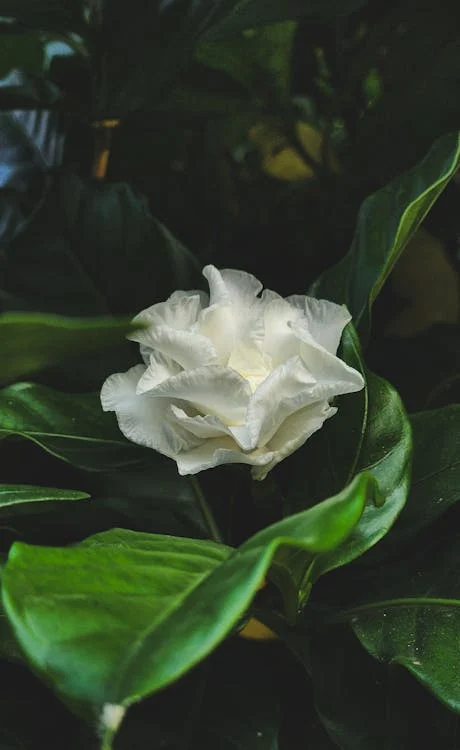
If luxury had a scent, it would smell like a blooming gardenia. These lush evergreen shrubs produce glossy dark green leaves and large, waxy white blooms that perfume the air with a rich, velvety fragrance. Gardenias can be a little finicky—they love humidity, acidic soil, and warm climates—but the payoff is worth every bit of effort. Their scent intensifies in the evening, making them perfect near outdoor seating areas, walkways, or bedroom windows. Gardenias are also symbols of love and purity in many cultures, often used in wedding bouquets and spiritual offerings. Whether in containers or planted in the ground, this plant brings timeless Southern elegance to any garden.
3. Jasmine
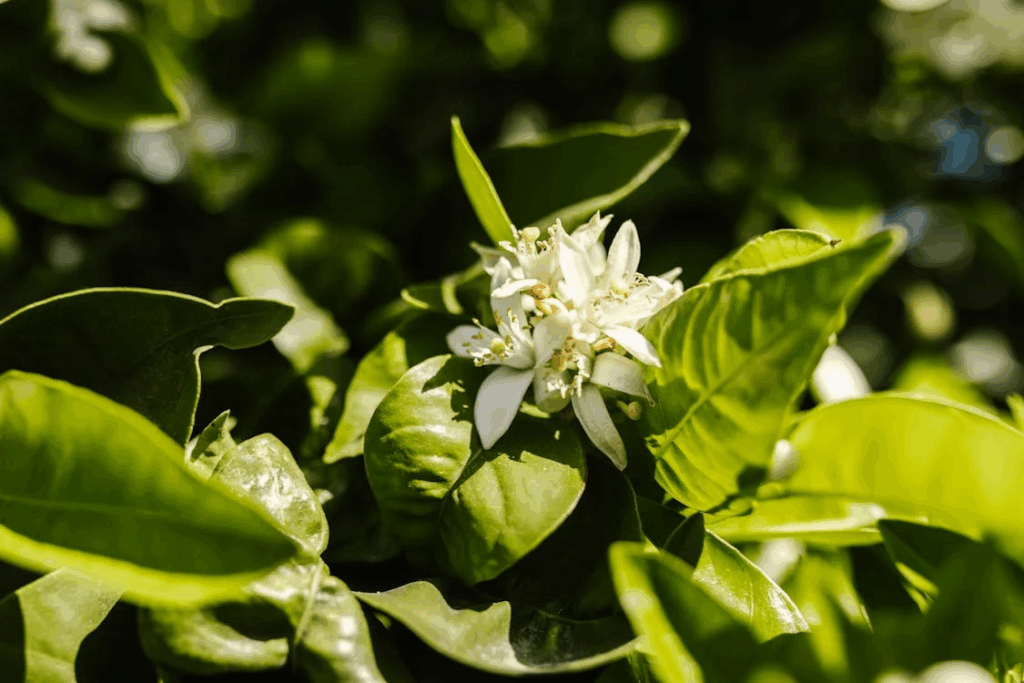
Jasmine is the plant equivalent of a love song in the air. Known for its powerful, heady scent, jasmine vines are as beautiful as they are bold. With delicate white or pale yellow star-shaped flowers, the plant winds its way up trellises, fences, or pergolas, adding height and romance to the landscape. Some types, like star jasmine or Arabian jasmine, bloom in waves throughout the warm months. The fragrance is strongest at night, which makes them ideal companions for patios or nighttime gardens. In some cultures, jasmine is considered sacred and symbolizes sensuality, purity, and good luck. And yes, you can even harvest the flowers to scent tea.
4. Sweet Alyssum
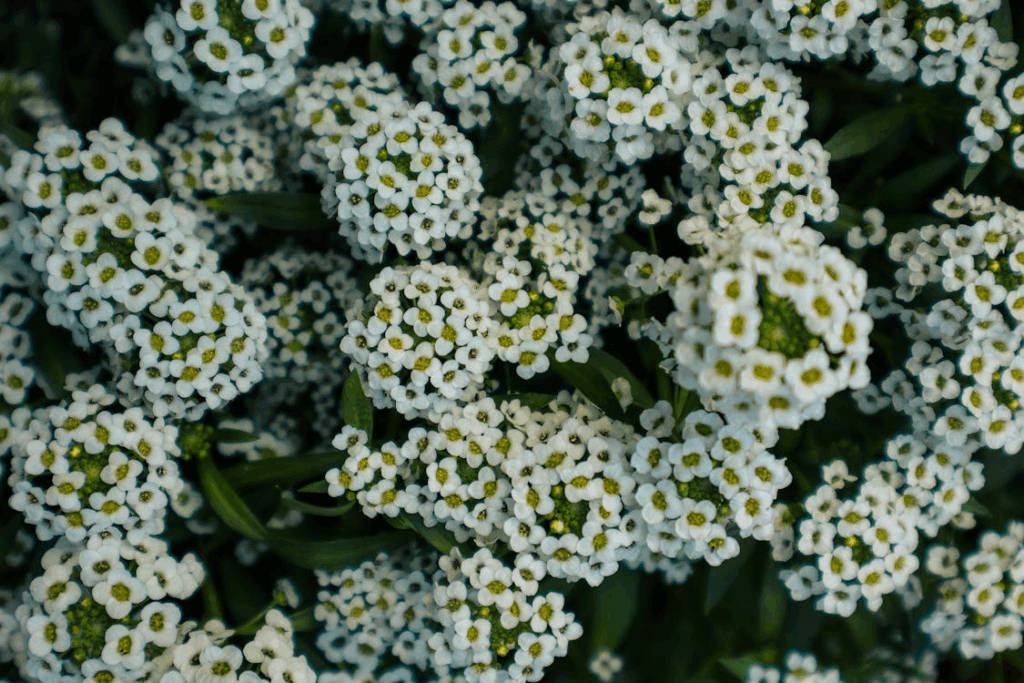
Don’t be fooled by its tiny blooms—sweet alyssum is a powerhouse of perfume. This low-growing plant spreads quickly, forming fragrant carpets of white, lavender, or pink flowers that look like a floral mist along borders, garden edges, or containers. The scent is light and honey-like, especially noticeable during cooler parts of the day or in early morning sun. It’s incredibly easy to grow, tolerates poor soil, and reseeds freely, making it one of the most budget-friendly ways to add aroma to your space. Sweet alyssum is also great at attracting pollinators and beneficial insects, helping your whole garden thrive while making it smell delightful.
5. Honeysuckle
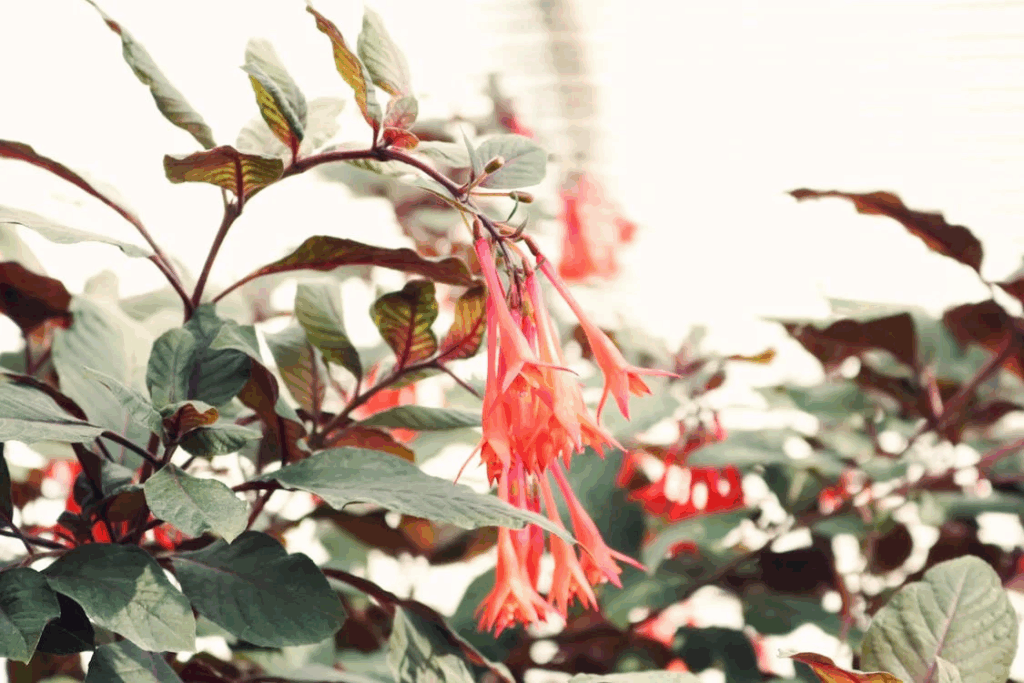
If you grew up in a region with wild honeysuckle, you probably remember the sweet scent that hung in the summer air. Honeysuckle vines produce clusters of tubular flowers in shades of creamy white, yellow, orange, or pink, each one oozing nectar and perfume. Their aroma is rich, sugary, and slightly spicy—irresistible to bees, butterflies, and hummingbirds. They climb easily and are perfect for fences, trellises, or over garden arches. Some varieties can be invasive, so it’s best to choose non-invasive types like Lonicera periclymenum or cultivated hybrids bred for fragrance. When planted near entryways or porches, honeysuckle adds a nostalgic, wild beauty that fills the air with summer magic.
6. Peony
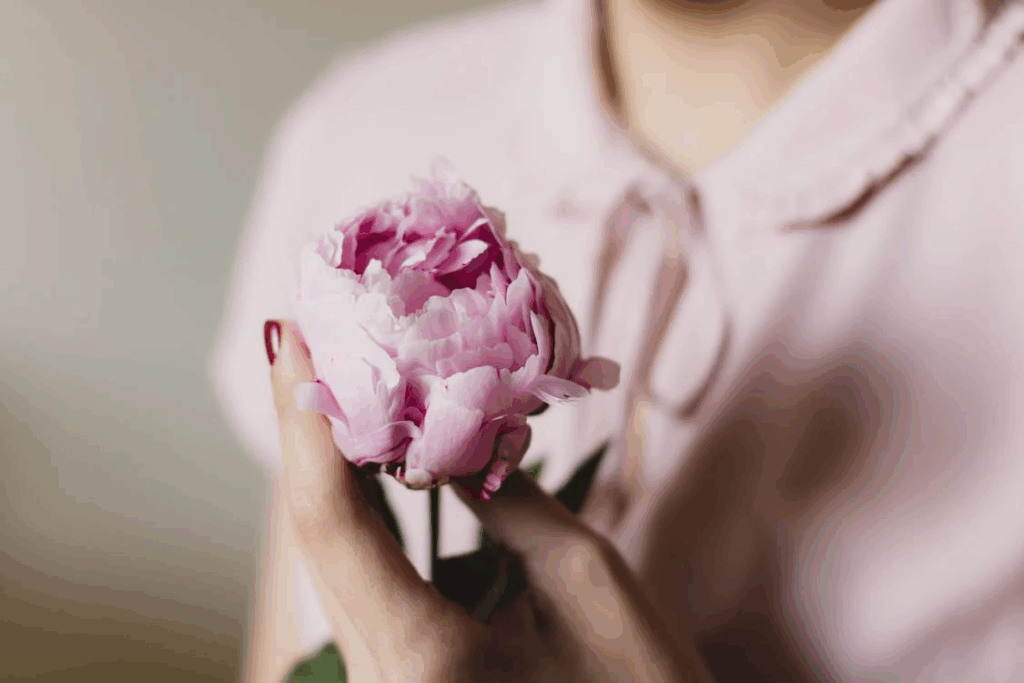
Peonies are the showstoppers of late spring and early summer gardens. These bold, romantic perennials burst into huge, ruffled blooms in shades of white, pink, red, coral, and even yellow. But it’s not just their size or beauty that makes them beloved—it’s their sweet, luxurious scent. Some varieties, like ‘Sarah Bernhardt’ and ‘Festiva Maxima,’ have a strong fragrance reminiscent of roses and citrus. Peonies thrive in cooler climates and need a period of winter chill to bloom properly, making them ideal for temperate regions. They prefer full sun and rich, well-drained soil, and once established, they’ll come back every year for decades. Though they take a few years to really get going, their stunning look and fragrance make them well worth the wait.
7. Rose
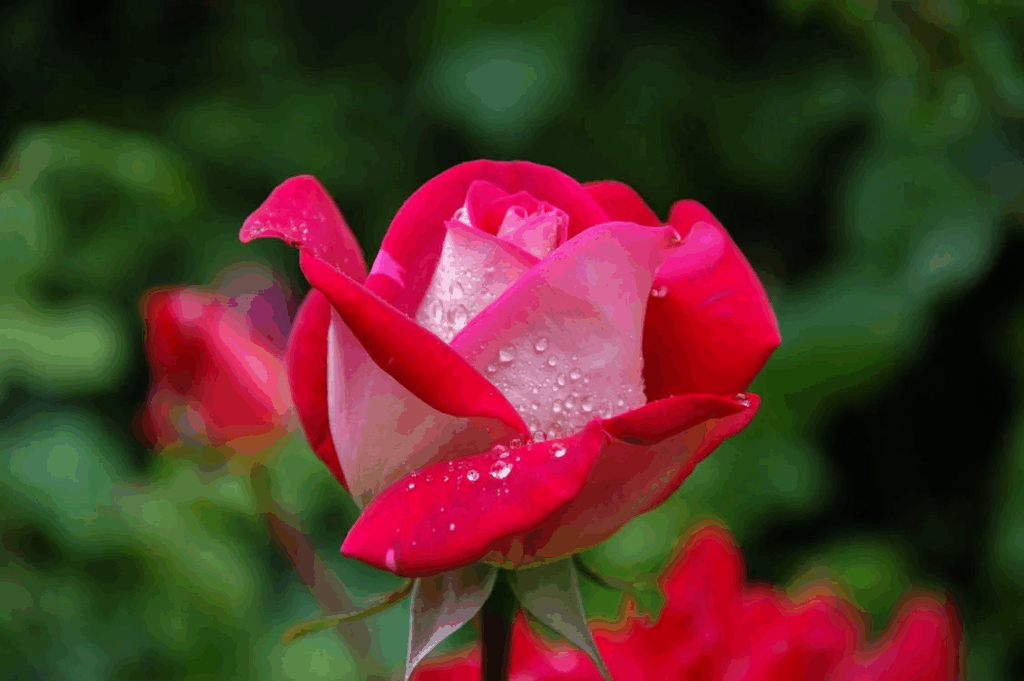
The rose is the undisputed queen of fragrant flowers, but not all roses are created equal when it comes to scent. Old-fashioned and heirloom roses, such as Damask, Bourbon, and English varieties, often carry the strongest aromas, with notes ranging from tea and spice to citrus and honey. Varieties like ‘Gertrude Jekyll,’ ‘Mister Lincoln,’ and ‘Double Delight’ are known not only for their stunning petals but for their unforgettable fragrance. Modern hybrids may focus on appearance and disease resistance, but many newer cultivars are being bred to bring scent back into the spotlight. Roses come in climbing, bush, and shrub forms, offering flexibility for any garden design. Just plant them in a sunny spot with good air circulation and prepare to be enchanted every time you walk past.
8. Lilac
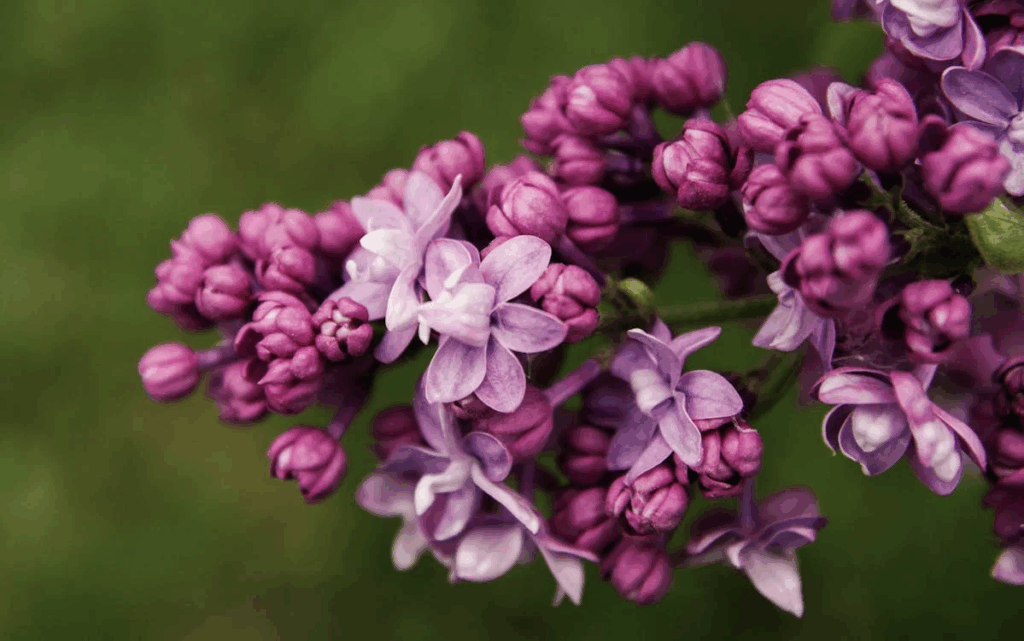
Lilacs are one of the most nostalgic, old-fashioned plants you can grow. Their heavy clusters of purple, pink, white, or blue flowers appear in mid to late spring and release a dreamy, powdery fragrance that instantly transports you to simpler times. The scent is so beloved that it’s often replicated in candles, soaps, and perfumes. Lilacs thrive in colder climates and actually require a long winter chill to bloom properly. They like full sun and well-drained soil, and they’re quite hardy once established. Prune them just after blooming to encourage more flowers next year. A mature lilac shrub in bloom can scent your entire yard—and maybe even your neighbor’s too.
9. Dianthus
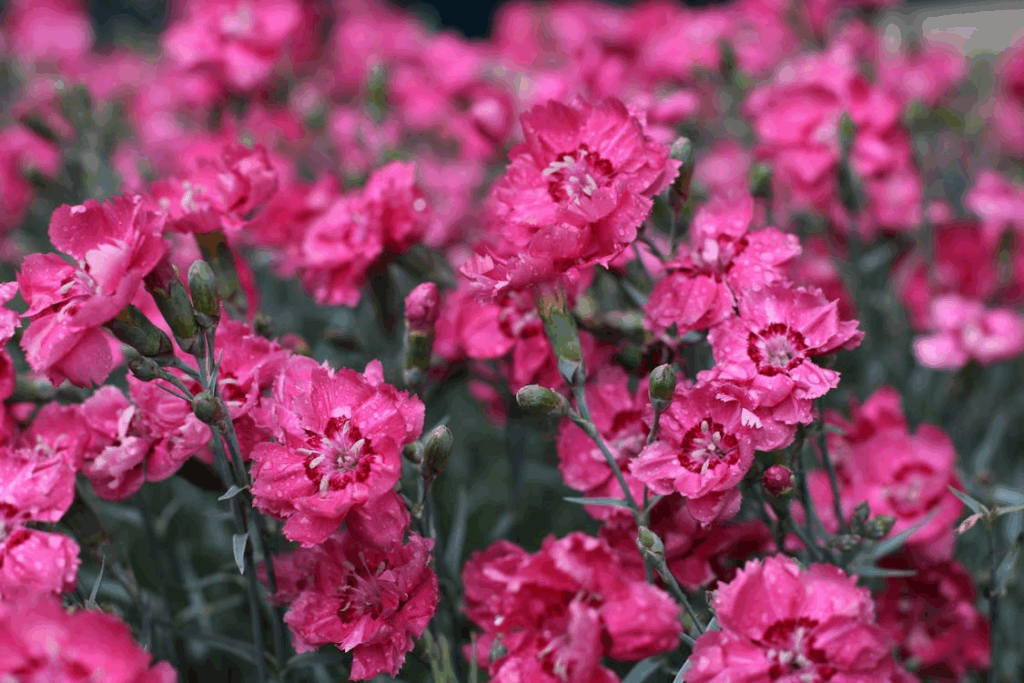
Dianthus, also known as “pinks” or “carnations,” are a charming group of flowering plants that offer spicy, clove-like fragrances in a tidy, colorful package. The flowers often come in shades of pink, red, and white, with frilled edges that give them a playful appearance. Varieties such as ‘Cheddar Pink’ or ‘Sweet William’ are especially fragrant. Dianthus plants prefer full sun and slightly alkaline soil and do well in containers, rock gardens, and edging borders. They’re also beloved by pollinators like butterflies and bees. The compact growth habit and long blooming period make them ideal for adding fragrance to smaller spaces where scent and color can really shine.
10. Tuberose
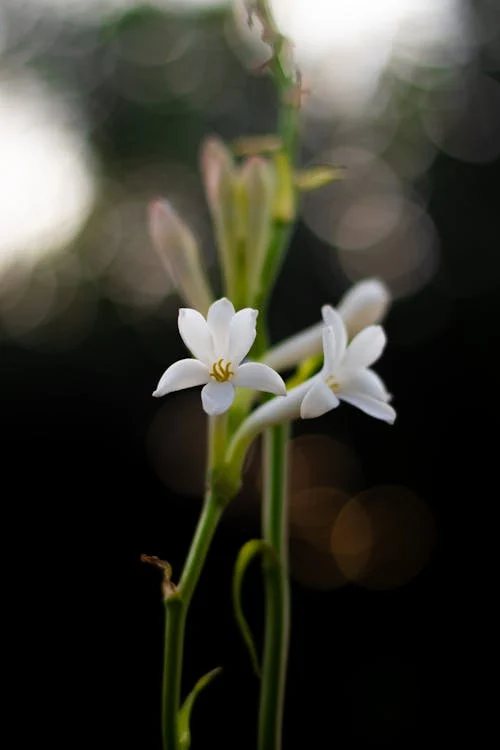
Tuberose isn’t as commonly grown as other fragrant flowers, but it’s an absolute gem for anyone seeking rich, exotic perfume in the garden. With tall, slender stems topped with clusters of waxy white blooms, tuberose has a scent that’s deeply floral, sweet, and slightly spicy—often described as intoxicating. It’s one of the most used floral notes in high-end perfumes. Tuberose prefers warm weather and well-drained soil, making it perfect for summer containers or garden beds in full sun. It blooms later in the season, often when other flowers are fading, so it helps extend your garden’s scent season. In cooler climates, you can lift the bulbs before winter and replant in spring. A few of these stems in bloom will transform your entire outdoor space.
Read More: 10 Reasons Grow Bags Are a Game-Changer for Gardeners
11. Mock Orange
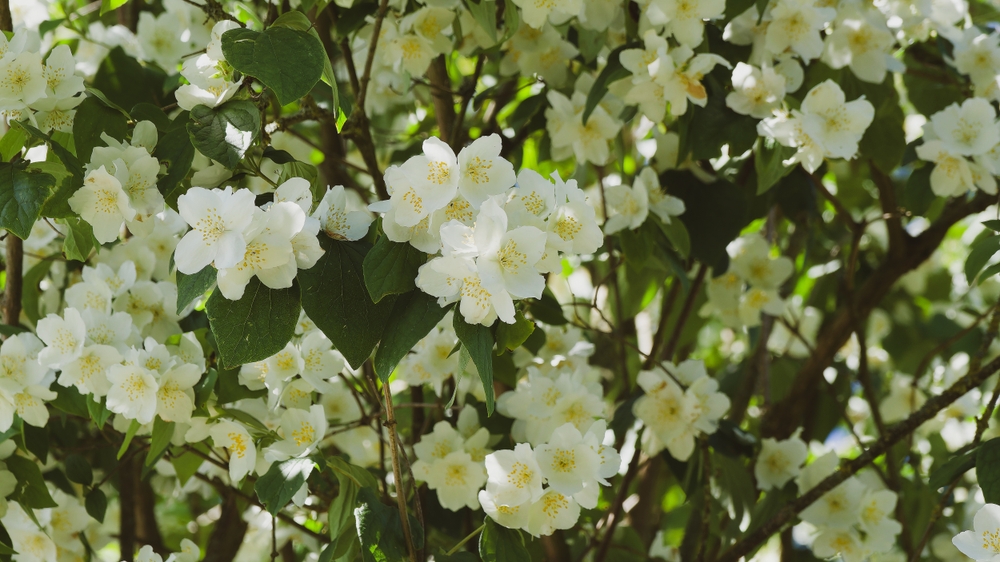
Mock orange is a deciduous shrub that truly earns its name with citrus-scented white blooms reminiscent of orange blossoms. In late spring to early summer, it erupts with clusters of delicate flowers that fill the air with a sweet, tangy aroma. The most fragrant variety is Philadelphus coronarius, often grown in cottage gardens or along fence lines. It’s easy to care for, tolerates different soil types, and works well in full sun or partial shade. Once established, mock orange is drought-tolerant and reliably blooms year after year. Its unassuming appearance gives way to a fragrance so powerful and refreshing that it’s often compared to the clean scent of freshly peeled oranges or lemon blossoms. It makes an excellent hedge or specimen plant and delivers big olfactory impact for relatively little maintenance.
12. Lily of the Valley
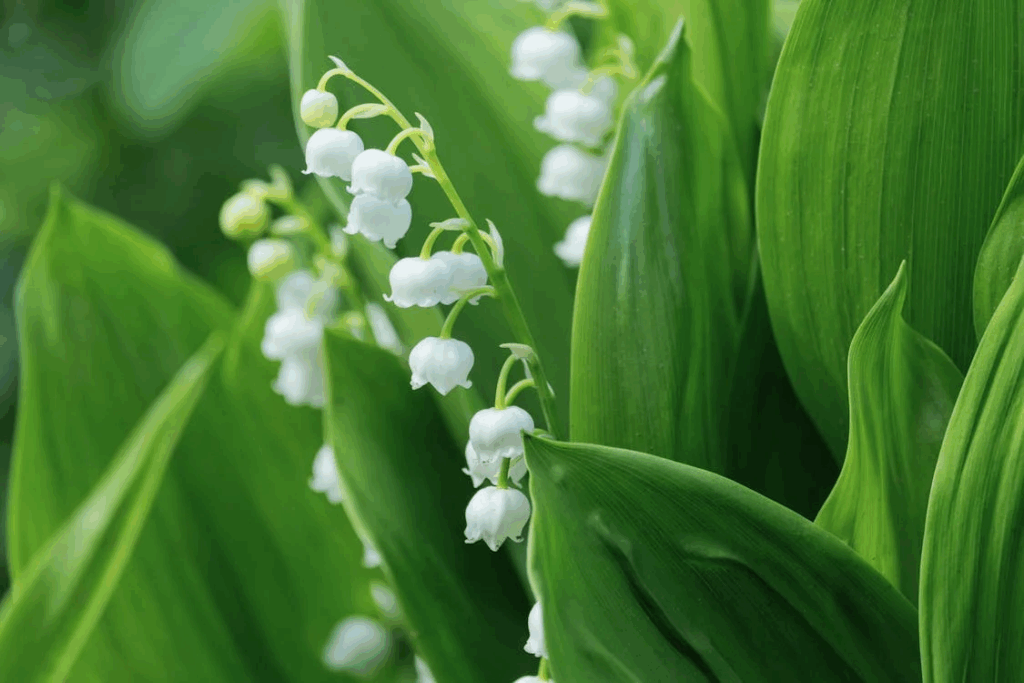
Lily of the valley may be small, but its fragrance is mighty. This shade-loving perennial spreads through rhizomes and produces tiny, bell-shaped white flowers that release a powerful, sweet, almost creamy scent in spring. Often used in bridal bouquets and perfumes, it carries a refined and nostalgic fragrance that has remained a classic for generations. Because it thrives in cool, shaded environments, it’s perfect for planting under trees, along shady borders, or in woodland garden designs. Once established, it naturalizes and can quickly form a lush, fragrant ground cover. However, be cautious—it’s toxic if ingested and should be kept away from pets and small children. Its charm and scent more than make up for the caution required, making it a quiet yet powerful addition to any fragrant garden space.
13. Nicotiana
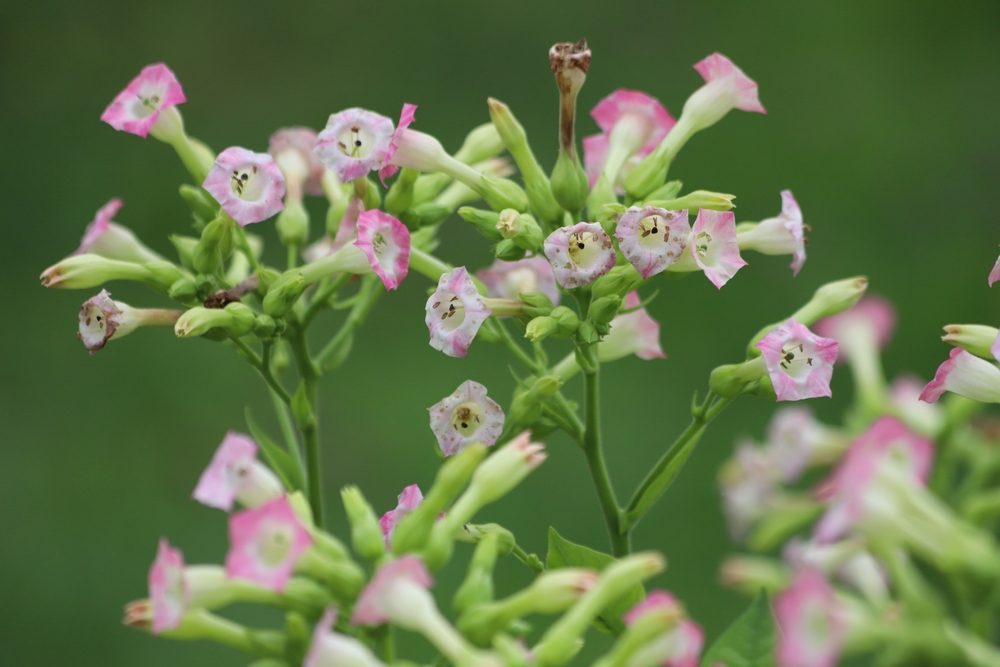
Nicotiana, commonly known as flowering tobacco, may not sound glamorous, but don’t let the name fool you—it’s one of the most pleasantly surprising fragrant plants you can grow. This tall annual features trumpet-shaped flowers in shades of white, pink, green, and burgundy, and releases its scent most strongly at dusk and into the evening. The aroma is floral and slightly sweet, with a mysterious edge that makes it feel perfect for moon gardens or late-night outdoor spaces. Nicotiana grows easily from seed and does well in both borders and containers. It prefers full sun but can handle light shade and needs well-drained soil to thrive. Some varieties are ornamental hybrids and less fragrant, so choose heritage types if scent is your priority. These plants also attract night-flying moths and beneficial insects, adding to their nocturnal magic.
14. Chocolate Cosmos
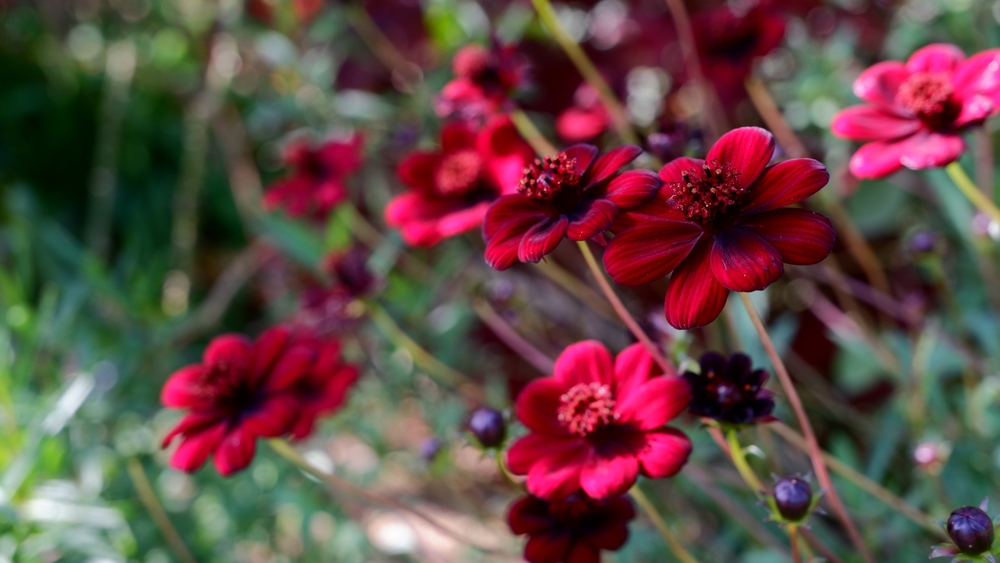
If you’ve ever wanted your garden to smell like dessert, chocolate cosmos is your answer. This deep maroon, almost black flower emits a delicious scent that smells just like dark chocolate or cocoa powder. Native to Mexico, chocolate cosmos is technically a tender perennial, meaning it can be grown year-round in warm climates but should be dug up and overwintered indoors in colder zones. It prefers full sun, moderate water, and rich, well-draining soil. The blooms sit on long stems above lacy foliage, making them great for cutting gardens or containers. While they’re not as bold as some other flowers in terms of size, their dark hue and scent make them unforgettable. The chocolate scent is strongest in the heat of the afternoon, adding a surprising olfactory twist to your summer garden lineup.
15. Bee Balm
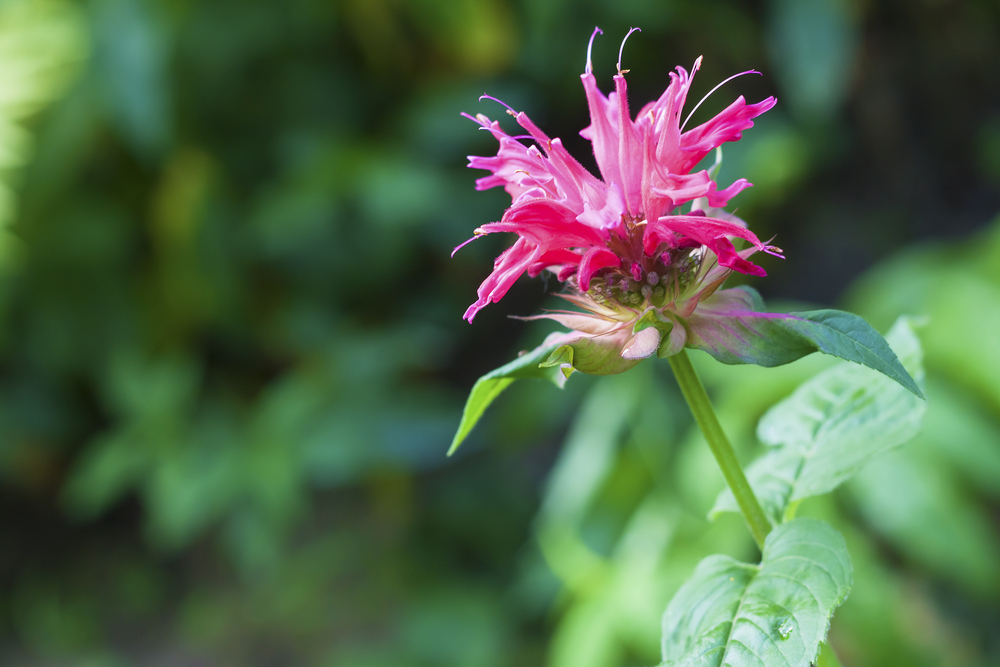
Bee balm, also known by its botanical name Monarda, is a spiky, colorful flower that does double duty in your garden—adding vibrant color and releasing a fresh, spicy-mint scent. The fragrance comes from both the flowers and the foliage, which contains aromatic oils similar to oregano or thyme. Native to North America, bee balm thrives in full sun and moist, well-drained soil. It attracts a steady parade of hummingbirds, bees, and butterflies, making it one of the best plants for pollinator gardens. The scent is stronger when you rub the leaves or walk through a cluster of plants, and it even works well when dried for herbal teas or potpourri. Varieties range from rich red to purple, pink, and white, and modern cultivars are more resistant to mildew than older types. This plant brings a wild, meadow-like feel to any garden and fills the air with a zingy, refreshing aroma.
16. Freesia
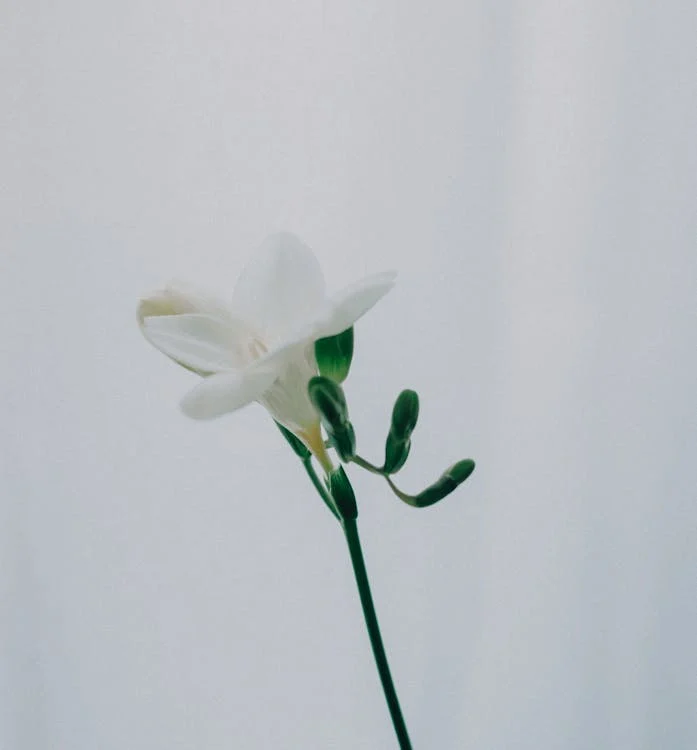
Freesia is a garden favorite that combines elegance, vibrant color, and a fragrance that’s sweet, fruity, and citrusy. These flowers bloom on upright, arching stems and come in bright shades of yellow, purple, pink, red, and white. Freesias are often used in floral arrangements and perfumes for their clean, fresh scent that carries beautifully in the air. They’re best suited for containers or raised beds where their delicate stems won’t get lost among larger plants. Freesia bulbs (actually corms) should be planted in full sun with well-drained soil, and in colder climates, they’ll need to be dug up and stored after flowering. They’re great companions for spring and early summer gardens, and the scent intensifies during warm days. Whether planted en masse or tucked into smaller beds, freesia offers a sophisticated aroma and graceful form that never fails to impress.
17. Hyacinth
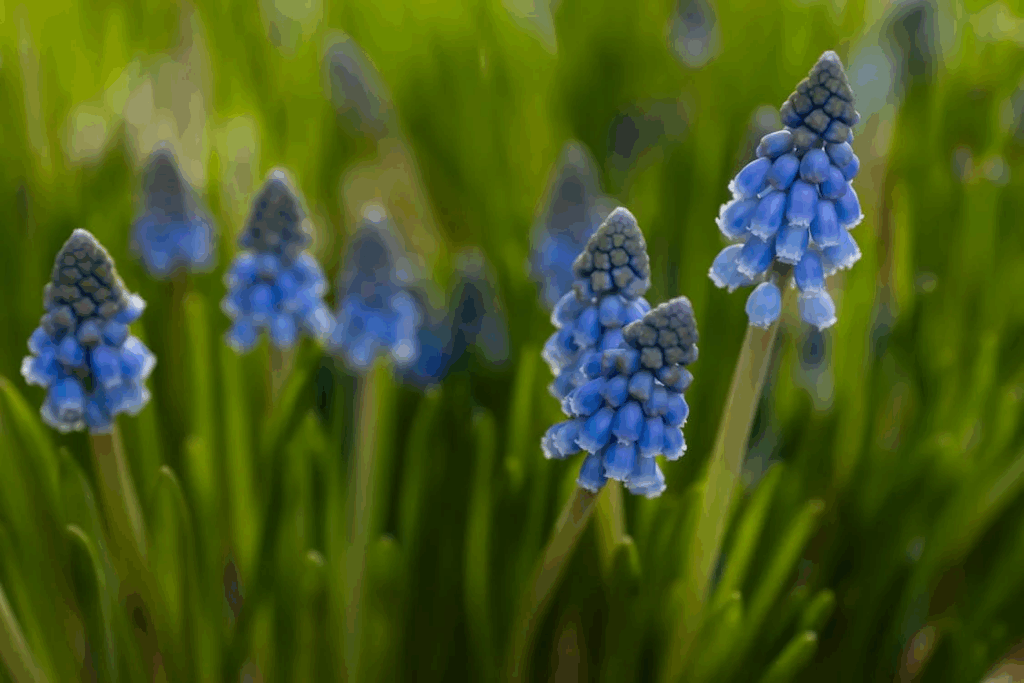
Hyacinths are among the most powerfully scented flowers you can grow, with an aroma that’s unmistakably sweet and rich, often compared to grape candy or honeysuckle. Their thick, tightly packed flower spikes come in bold colors like blue, purple, pink, white, and yellow, making them a stunning visual and sensory centerpiece for any spring garden. Hyacinths grow from bulbs and are planted in autumn for early spring blooms. They thrive in full sun or light shade and well-drained soil. One or two blooming hyacinths are enough to fill an entire garden bed with fragrance, and they’re ideal for growing near patios, windows, or walkways. These flowers are also perfect for forcing indoors in containers, bringing their signature scent into your home. Just keep in mind their bulbs contain oxalic acid and should be handled with gloves if you have sensitive skin.
18. Stock

Stock, also known as Matthiola, is a lesser-known but incredibly rewarding flower to grow if fragrance is a top priority. The blooms appear on upright stalks and give off a warm, spicy scent reminiscent of cinnamon, cloves, or nutmeg—especially noticeable in the evening. Stock flowers come in pastel shades of lavender, white, pink, and soft yellow, and they work beautifully in cottage gardens, borders, or containers. This cool-season annual prefers mild weather, making it ideal for planting in early spring or fall. It thrives in full sun to partial shade and benefits from regular watering and rich soil. While individual flowers are small, they’re densely packed on each stem, creating a lush look. Cut a few stems for an indoor vase, and your room will smell like a spiced bakery for days. With its sweet scent and elegant appearance, stock is a hidden gem for fragrance lovers.
19. Chamomile
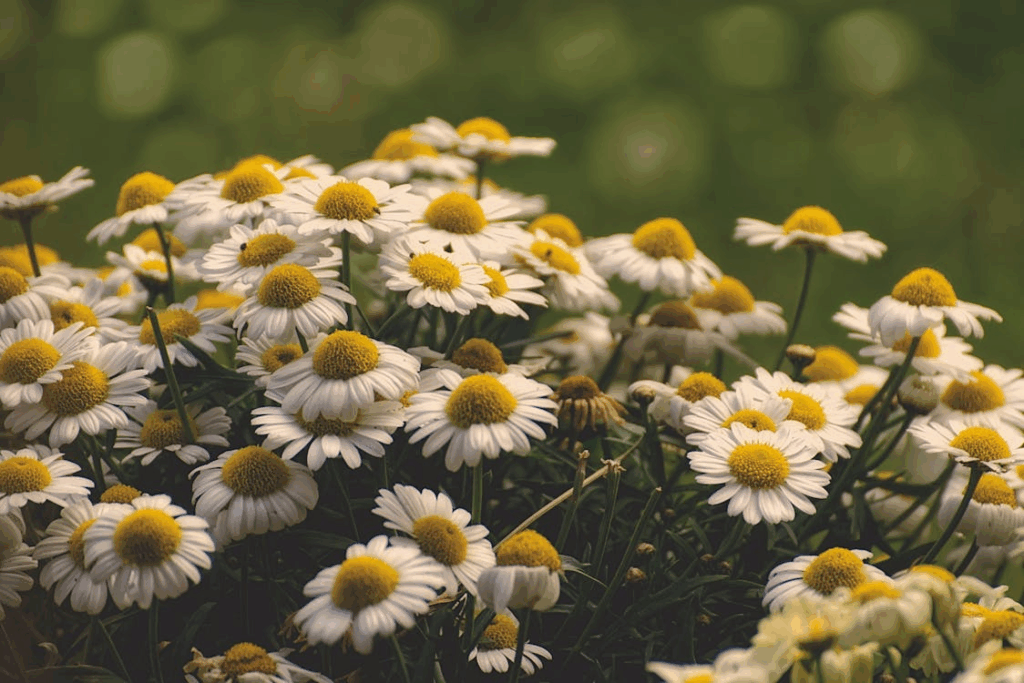
Chamomile is famous for its calming effects, often consumed as tea, but its apple-like fragrance also makes it a delightful addition to gardens. It produces small daisy-like flowers with yellow centers and white petals and has feathery, fern-like foliage. There are two common types: German chamomile, which is taller and used for tea, and Roman chamomile, a low-growing ground cover that works well between stepping stones or along paths. Both emit a light, sweet aroma that’s especially soothing during warm afternoons. Chamomile thrives in sunny locations with well-drained soil and doesn’t require much maintenance once established. It attracts beneficial insects and can also be dried for homemade herbal blends. While it’s often used for medicinal purposes, the real treat is how fresh and peaceful it makes your garden feel. A simple brush against the leaves releases a soft scent that lingers gently in the breeze.
20. Heliotrope
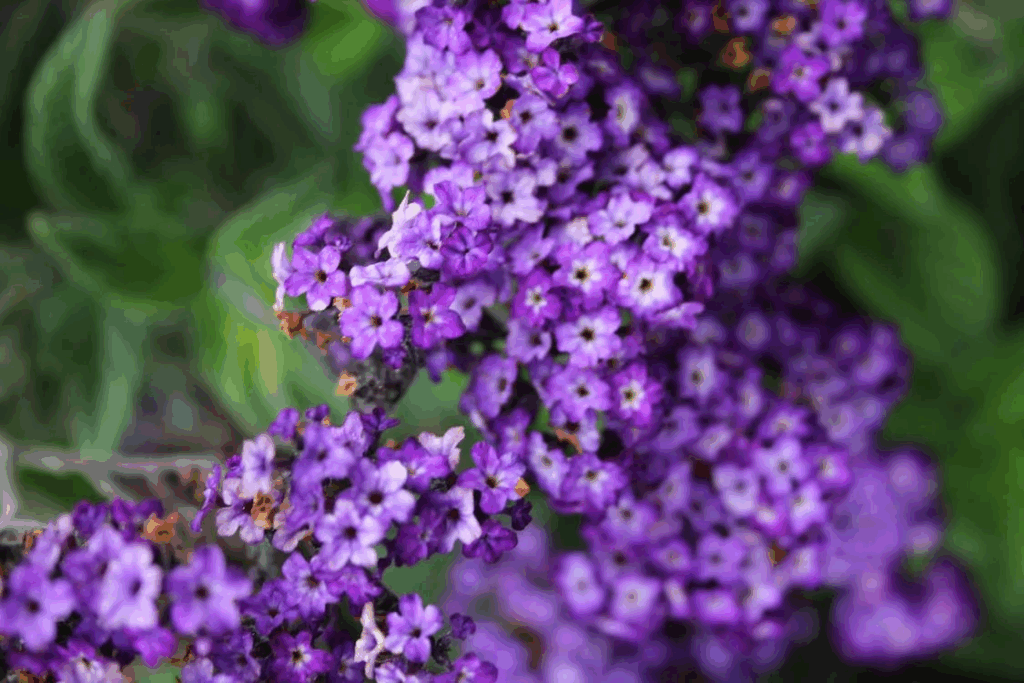
Heliotrope is a Victorian-era favorite that’s been making a quiet comeback, and once you get a whiff of its scent, you’ll understand why. The small, clustered flowers bloom in deep purple, lavender, or white and give off a warm, sweet vanilla fragrance with hints of cherry and almond. It’s sometimes called “cherry pie plant” because of its dessert-like aroma. Heliotrope thrives in sunny spots with rich, well-drained soil and does well in containers or flower beds. It’s moderately drought-tolerant once established and blooms from mid-summer to early fall. This plant is also toxic to pets, so place it strategically if you have animals that roam. Despite its delicate appearance, heliotrope adds a bold olfactory layer to your landscape. Place it near outdoor seating areas, windows, or entryways so its unforgettable scent can greet you every time you pass by.
Read More: Giant Urban Flowers Bloom When Pedestrians Pass By Under Them
